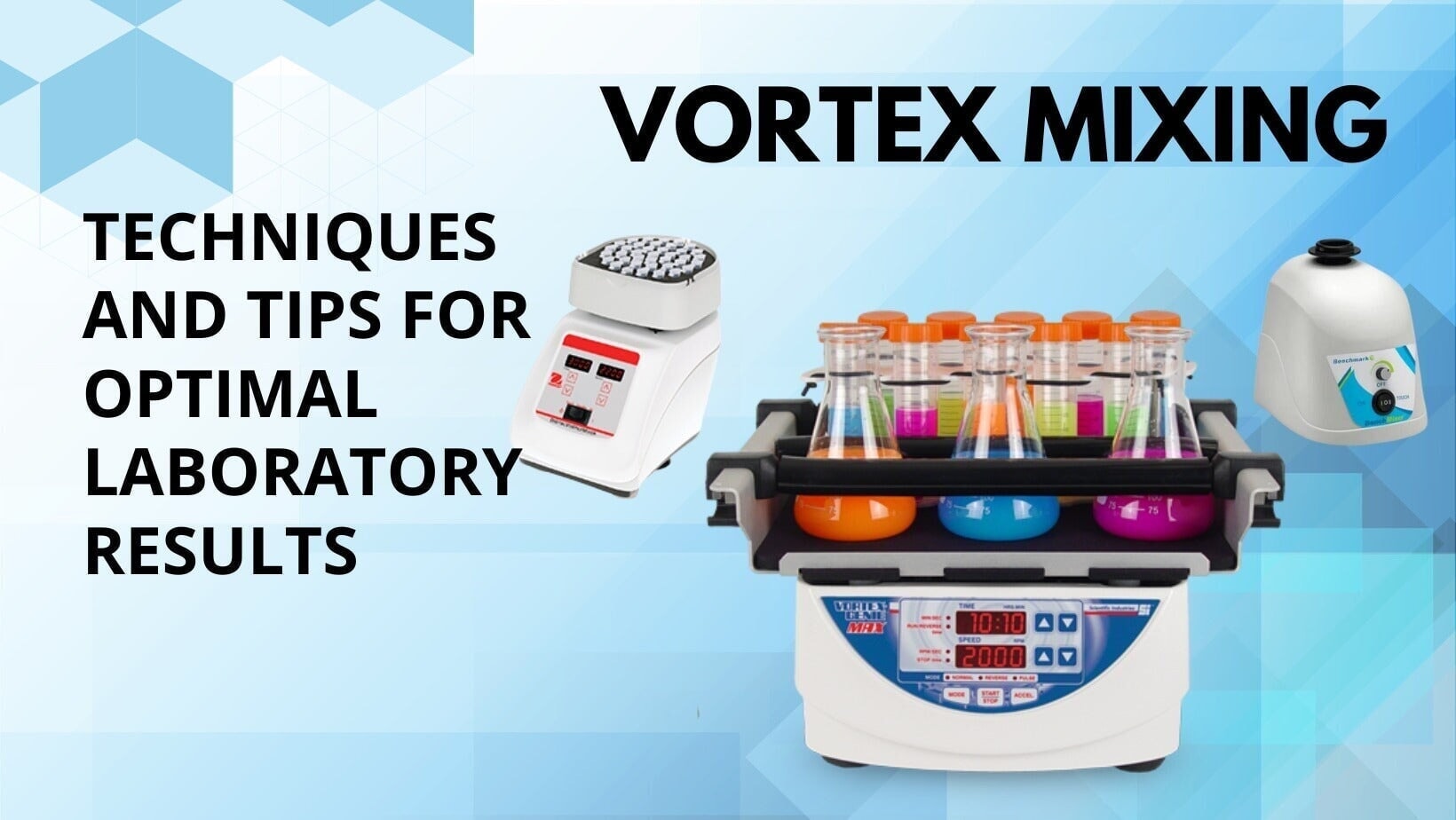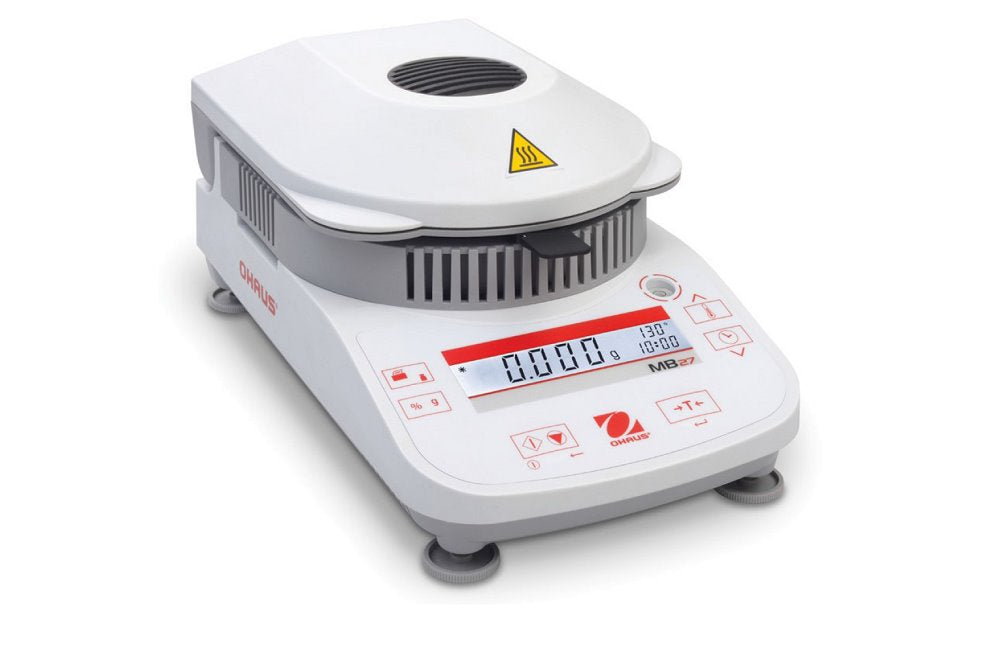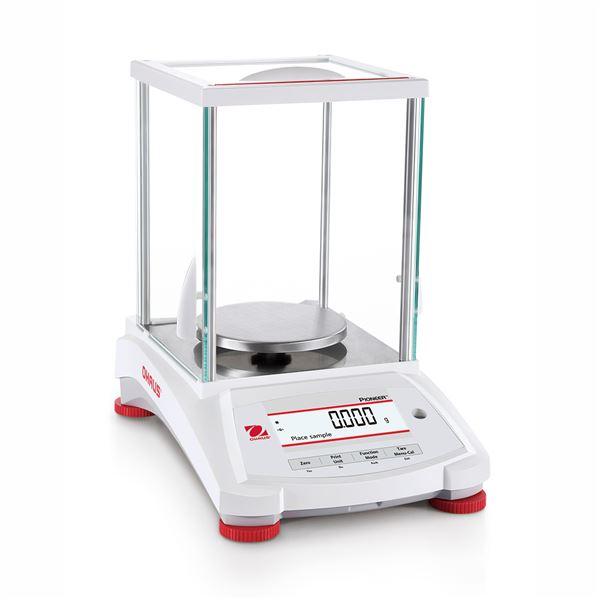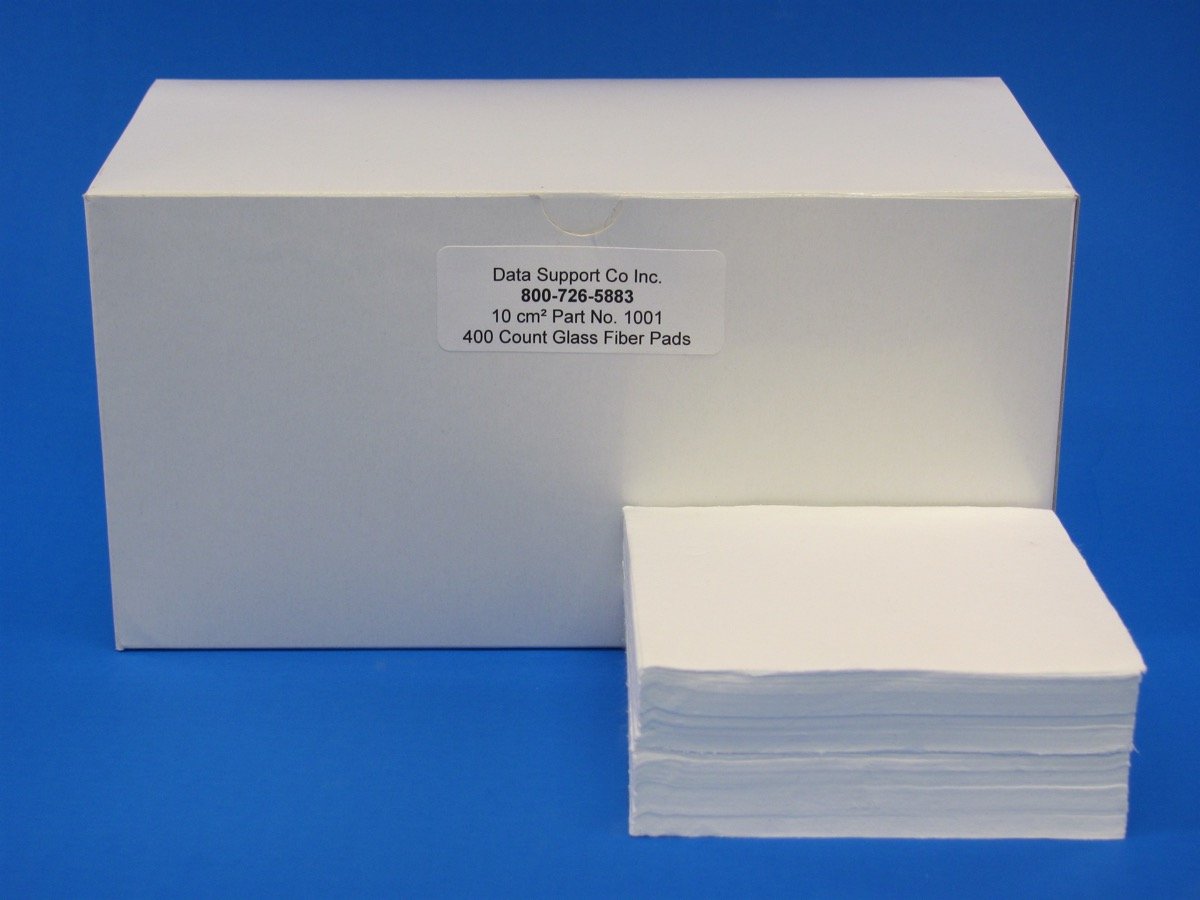Navigating vortex mixing in the lab? This guide demystifies how to leverage vortex mixers for top-notch sample uniformity and efficiency. With a focus on practical use, we’ll help you understand essential features, make informed choices, and apply best practices to optimize your laboratory’s vortex mixing protocols.
Key Takeaways
-
Vortex mixers are essential laboratory tools with varying types and components, including an internal motor, a mixing head or cup, and customizable speed settings, that cater to different mixing needs and sample sizes.
-
Factors such as speed and control features, mixer capacity, and continuous operation capabilities must be considered when selecting a vortex mixer to ensure efficiency, convenience, and precision in laboratory applications.
-
Regular maintenance and adherence to safety measures are imperative for the optimal performance and longevity of vortex mixers, while accessories are available to enhance their functionality for specific applications.
Exploring the Essentials of Vortex Mixers
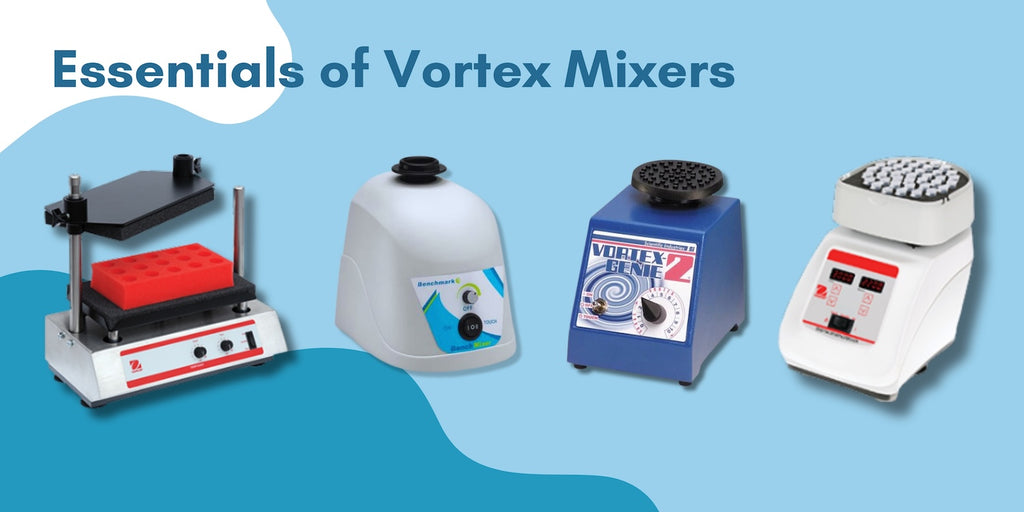
A common tool found in laboratories, the vortex mixer is a simple apparatus that combines small amounts of liquid. Composed of an internal motor, mixing head or cup, and control panel, this device creates rotational motion for blending liquids while allowing adjustments to speed and duration through its control panel.
Different purposes often call for different types of vortex mixers. One popular option is the mini or ‘finger’ vortex mixer used frequently in laboratories to quickly blend smaller quantities of liquid samples.
Vortex mixers, essential in scientific industries, efficiently mix small vials and test tubes through rapid, circular motion, commonly referred to as vortexing in chemistry. Designed to run continuously, most vortex mixers accommodate a variety of containers, ensuring thorough mixing for experimental consistency.
Understanding Vortex Motion
One may question the mechanism behind vortex mixers, such as those produced by Kraft Brothers, in generating a swirling motion. This movement is achieved through the use of a motor to rotate a rubber cup in circular motions. The resulting circulation within the liquid creates what is known as a vortex. Compared to traditional methods like gentle shaking or stirring by hand, this method offers quicker and more efficient mixing capabilities that ultimately save valuable laboratory time.
These widely used scientific instruments have various settings for creating different types of vortices including circular movements and spiral flows. Providing versatility for diverse mixing needs.
Key Components of a Vortex Mixer
Understanding the inner workings of vortex mixers is essential to grasp their mechanics. These devices consist of a few key components, including an internal motor and a sample platform, which can be either single or multi-tube cradles. Variable speed settings are also integral, allowing users to adjust the mixing speed as needed.
The rotational speeds on vortex mixers can be precisely controlled through its adjustable controls. Typically offering ranges between 0-3400 RPM or 0-2500 RPM, these controls allow for flexibility in mixing techniques. In some cases, vortex mixers have continuous running capabilities that enable prolonged use without interruption.
To accommodate various types of samples such as tubes, flasks and microplates, customized attachments are included with different designs of vortex mixer models.These attachments include tube holders and flask clamps for larger containers, microplate holders for multiple wells, and foam head attachments for gentle agitation.Catering to diverse needs, the availability of multiple attachment options allows for versatility in the application software.
Varieties of Vortex Mixers
There is a wide range of vortex mixers available, each designed to meet the unique demands of different laboratory applications. While both standard and mini vortex mixers produce strong mixing action, they differ in size and portability, with the latter being smaller and more convenient for quick spinning tasks.
In contrast, heavy-duty vortex mixers have a durable design and top-quality motor that allows them to operate continuously at various speeds while using attachments. These types of mixers are ideal for precise yet vigorous mixing in laboratories involving small tubes or vials.
The Art of Selecting the Right Vortex Mixer

After covering the basics of vortex mixers, it’s important to consider various factors when choosing the right one. These include speed and control options, mixer capacity, and continuous operation capabilities.
The appropriate vortex mixer should be able to handle your desired volume of samples as well as effectively process multiple samples at once. Factors like specific mixing needs, sample size, and budget constraints all play a crucial role in determining which vortex mixer is suitable for your laboratory application.
Speed and Control Features
Selecting the right vortex mixer requires careful consideration of its speed and control features. These aspects play a vital role in ensuring efficient mixing, as well as providing convenience and flexibility for various laboratory applications.
For optimal results when using a vortex mixer, it is important to follow these steps: begin at low speeds and gradually increase until the desired level of agitation or mixing is achieved. This attention to precision is crucial in obtaining consistent outcomes that are essential for successful experiments.
Assessing Mixer Capacity
In the evaluation of a vortex mixer’s capacity for laboratory use, it is crucial to consider both its maximum sample volume and the number of samples that can be simultaneously processed. The importance lies in determining how many vials can be mixed at once, resulting in efficient and time-saving mixing processes.
The typical range for a standard vortex mixer’s capacity varies depending on its specific model, but typically falls between 1 gallon or 4 liters up to 2.5 kg or 5.5 lbs, making it suitable for various applications involving mixing tasks.
Continuous Operation Capabilities
The vortex mixer’s ability to operate continuously allows for hands-free mixing, making it essential in processes that require long periods of agitation. This feature enhances workflow efficiency and is especially beneficial in applications where consistent sample movement is necessary over an extended duration.
By providing the advantage of automated mixing, this function caters to tasks with extended blending requirements. It also enables manual adjustment and maintenance of desired speed throughout use, resulting in improved performance during operation.
Achieving Precision in Vortex Mixing
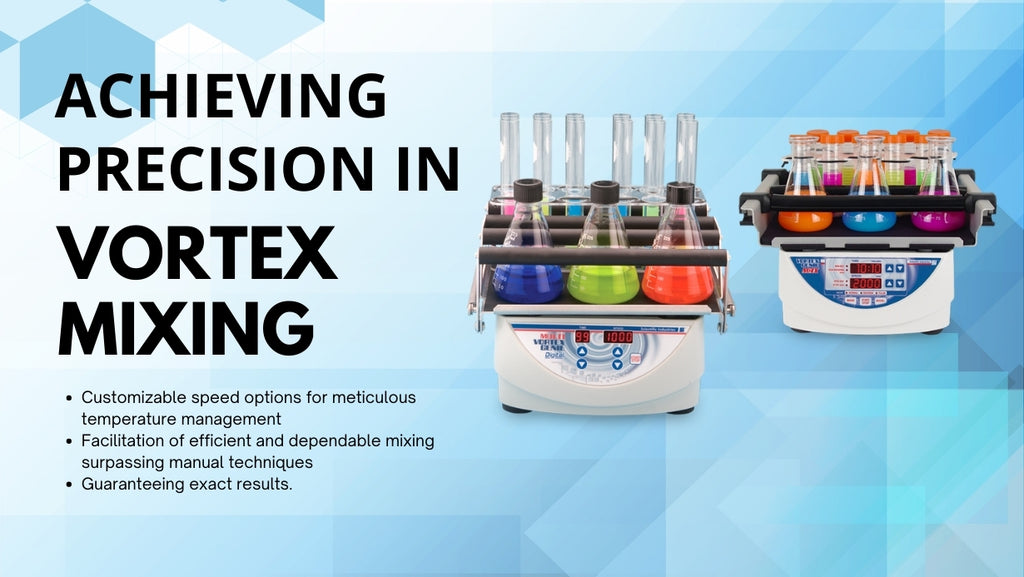
Precise execution is crucial in any laboratory procedure, including vortex mixing. To attain accuracy in this process, it is necessary to have precise control over the speed and ensure that components are evenly distributed for consistent outcomes.
The setup of a vortex mixer includes:
-
Customizable speed options for meticulous temperature management
-
Facilitation of efficient and dependable mixing surpassing manual techniques
-
Guaranteeing exact results.
Importance of Repeatable Results
In the field of science, it is crucial to have consistent and reliable results in experiments. This can be achieved through repeatability, where other researchers are able to replicate an experiment with similar outcomes under identical conditions.
When using vortex mixing techniques, obtaining accurate and repeatable results is essential for ensuring reliability and consistency in findings. In molecular biology research specifically, achieving thorough mixing of samples plays a vital role as homogeneous solutions are often necessary for precise experimental outcomes.
Tips for Consistent Mixing
To ensure uniform mixing outcomes with a vortex mixer, it is recommended to tilt the container downwards and allow the mixer to run for several seconds. In situations where prolonged mixing is necessary, continuous-run vortex mixers can offer advantages.
The chosen speed on a vortex mixer has a direct impact on both the velocity and intensity of the swirling motion. Adjusting the speed appropriately is crucial in achieving desired levels of agitation or blending for consistent results.
Advanced Applications of Vortex Mixers
 Aside from their primary purpose of combining liquid in small vials, vortex mixers have advanced capabilities such as incubation and cell research.
Aside from their primary purpose of combining liquid in small vials, vortex mixers have advanced capabilities such as incubation and cell research.
Vortex mixers are more efficient and rapid than manual agitation or stirring when it comes to mixing small vials, resulting in time saved. These instruments offer highly effective blending for a variety of samples with precision, making them the top choice for delicate sample applications or high volume operations in fields like microbiology and life sciences.
Incubating with Vortex Mixers
In molecular biology, vortex mixers play a crucial role in various processes such as cell lysis, culture incubation, immunochemical reactions, and enzyme analysis. They are also used for protein and microarray analysis.
To perform successful incubation with a vortex mixer without any sample splashing or incomplete suspension at low speed is essential. Some models of the vortex mixer can be combined with an incubator to regulate thermal parameters during mixing to ensure optimal results.
Vortex Mixing in Cell Studies
Vortex mixers play a crucial role in cell studies, particularly in the process of cell disruption. This involves combining the suspension with the lysis reagent through swirling motion within a fluidic vortex mixer.
There are important factors to consider when using vortex mixers for cellular research, such as their speed range which determines mixing intensity and velocity. It is essential to securely place sample containers and avoid overfilling them while wearing proper protective equipment. Minimizing prolonged exposure to the mixture is also recommended.
Maintenance and Safety Considerations
To ensure the optimal functionality and performance of your vortex mixer, it is important to regularly maintain and clean it. This will prevent any potential contamination or damage that may affect its long-term use.
When using a vortex mixer, always prioritize safety by ensuring a stable work surface free from debris. Minimize hand and arm vibrations when manually operating the machine. Keeping vessels as upright as possible can also help avoid spills or splashing during mixing tasks. It’s crucial to routinely clean the equipment in order to prevent any contamination issues that could arise during use.
Cleaning and Upkeep
Proper maintenance is crucial for optimal functioning of your vortex mixer. It is imperative to regularly clean the equipment to prevent contamination and potential damage. Regular upkeep ensures both top performance and durability.
To ensure peak condition, it is recommended to use mild soap and warm water when cleaning your vortex mixer. Avoid abrasive cleaners that may harm the plastic components or other materials used in its construction.
Safety Measures
It is essential to prioritize safety measures when using a vortex mixer. These precautions include ensuring that the shaking head attachment is securely in place before operating, avoiding prolonged periods of mixing materials, and maintaining a clean and level work surface. It’s also crucial not to overfill sample containers or mix solvents and flammables near the mixer.
When handling laboratory equipment, it’s recommended to wear personal protective gear like gloves and safety goggles at all times. Safety should always be top priority in any laboratory setting as mishandling or improper use of equipment can lead to accidents or harm.
Accessories and Additional Equipment
To improve the versatility and capabilities of your vortex mixer, you can incorporate a variety of accessories and supplementary equipment. These additions include tube holders as well as attachments for high-speed mixing with the vortexer.
By utilizing these accompanying pieces such as tube holders and attachments, you enhance the functionality of your vortex mixer by allowing for simultaneous agitation of tubes in different sizes, along with effective blending within wells or flasks containing samples.
Customizing Your Vortex Mixer
A variety of accessories and attachments are available for customizing vortex mixers to suit individual needs. These include options such as tube holders, high-speed mixing attachments, inserts for flask mixing, and orbital mixer clamp-ons.
When installing new attachments onto a vortex mixer, it is important to follow certain steps in order to ensure proper function. First, remove any existing accessories or samples from the machine. Then carefully affix the desired attachment onto the vortex mixer according to specific instructions provided by its manufacturer.
Finding the Right Accessories
When choosing accessories for a vortex mixer, it is important to consider their compatibility with different types of containers. The mixing speed and power requirements should be taken into account in order to ensure efficient sample mixing. It is also essential to select an accessory that offers an appropriate speed range for various sample types and has options available to increase the capacity of the mixer.
In selecting holders or inserts for your samples on a vortex mixer, make sure they are suitable sizes according to your specific needs whether you have multiple tubes or just one flask. You may also want customization options such as using flat inserts tailored specifically towards accommodating certain sample sizes when necessary.
Summary
Vortex mixers are essential and adaptable tools used in laboratories for mixing small volumes of liquid effectively at a fast pace. These versatile machines can greatly improve laboratory productivity, whether you’re working with high-throughput samples or delicate materials. By understanding the key elements of a vortex mixer, selecting the appropriate model for your specific needs, achieving accuracy during mixing processes, and properly maintaining your equipment over time, you can fully harness its potential to enhance your laboratory work.
Vortex mixers and centrifuges are essential lab tools, both utilizing centrifugal force but for different purposes; vortex mixers rapidly shake samples in a fixed position for thorough mixing, while centrifuges separate substances based on density by spinning them at high speeds.
Frequently Asked Questions
What is meant by vortex mixing?
The process of vortex mixing involves utilizing a specialized tool called a vortex mixer to combine liquids in small vials. This is achieved by rapidly swirling the samples in circular motion, resulting in the formation of a whirlpool or vortex within each vial.
Vortex mixing finds widespread application in various laboratory environments such as bioscience, microbiology, biochemical and analytical labs. It offers an efficient means for thoroughly blending liquid substances without requiring large containers or complex equipment. The technique has become prevalent due to its simplicity and effectiveness when working with smaller quantities of liquids at once.
What is the difference between a vortex mixer and a shaker?
One key distinction between a vortex mixer and a shaker is in their respective mixing movements. While the former utilizes circular motion for single samples, the latter employs an orbital motion on its platform to mix multiple samples.
As such, when using a vortex mixer, one can observe the formation of a visible swirl or whirlpool - also known as a “vortex”, during the mixing process.
Why are solutions mixed by vortex?
Vortex mixers are utilized to assist in the complete and even blending of ingredients, guaranteeing dependable and uniform outcomes for subsequent procedures in research or evaluation. They offer a fast and effective approach for obtaining consistent solutions or suspensions containing particles through the use of rotational forces.
What does a vortex mixer do?
A vital instrument in scientific settings is the vortex mixer, which swiftly blends small amounts of liquids for tasks such as cell disruption and homogenization. It typically runs at a rate ranging from 250 to 2,500 rpm and has widespread use in laboratory environments. This device is frequently employed for mixing samples in research experiments involving various types of fluids within test tubes or other containers commonly found in laboratories.
How does a vortex mixer create vortex motion?
A vortex mixer employs a motor to spin a rubber cup in an orbiting motion, ultimately transferring that energy onto the liquid and producing a swirling effect known as a vortex.

